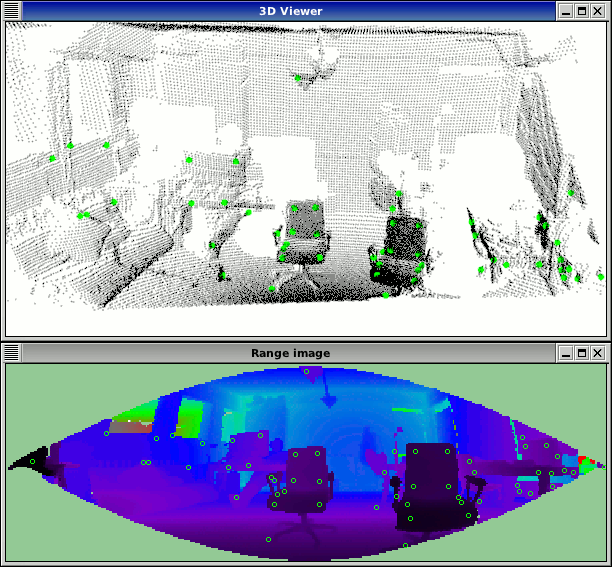

- #Cmake install prefix full
- #Cmake install prefix code
- #Cmake install prefix download
- #Cmake install prefix free
- #Cmake install prefix windows
CMake will then prompt you to specify the generator. Be careful to use forward slashes instead of backslashes, which reflects CMake’s Linux origins.Ĭlick the ‘Configure’ button and accept the creation of the build directory. A build folder needs to be designated which CMake will create automatically. Launch the CMake utility and set the path of the source location. Once the source files are downloaded and extracted, you should see two folders as per the image below. Now the preparation steps are complete, we can start the build process. Be sure to add CMake to your Path during the installation process to allow it to be called from the command prompt. CMake can be obtained from the downloads section of the CMake website.
#Cmake install prefix free
The CMake tool is a free and open source utility which simplifies the build process with a graphical interface. To facilitate building from source, OpenCV uses CMake. This is only suggested if you’re familiar with building Python packages from source and you absolutely want to run with 64-bit Python and don’t want to work with a 3rd party distribution such as Anaconda.
Go with 32-bit Python and the official 32-bit Numpy package.If you want to run 圆4 (64-bit) Python with OpenCV, the complication is that Numpy (a computational library which Python’s OpenCV bindings depend on) is only officially available in 32-bit format for Windows. Regarding target platforms, the default Python install available on is x86 (32-bit). The more recent Python 3.8 has encountered issues with OpenCV bindings. Regarding Python versions, the suggested version to use with OpenCV at the time of writing is Python 3.7. Unless you’re already familiar with C++, OpenCV’s Python interface is the best place to start. At the time of writing, the latest version of MSVC is version 16, which ships with Visual Studio 2019.
#Cmake install prefix full
MSVC can either be installed as part of Microsoft Visual Studio or, if you don’t want the full Visual Studio install, you can just install the Visual Studio Build Tools.
#Cmake install prefix windows
The suggested compiler for Windows is that provided by MSVC (Microsoft Visual C++). To build the OpenCV source code, a compiler is required.
#Cmake install prefix download
To have access to the latest OpenCV functionality, you will also want to download the contrib modules. The 4.2.0 source can be downloaded from OpenCV’s GitHub page. At the time of writing, the latest version of OpenCV is 4.2.0. The first step is to download the source code. This article assumes you want to build from source and explains the full process on Windows 10. Installing the pre-built binaries is a great way to get started quickly however you will probably want to customize the install eventually as you get more familiar with what OpenCV has to offer.
#Cmake install prefix code


 0 kommentar(er)
0 kommentar(er)
